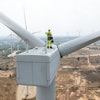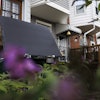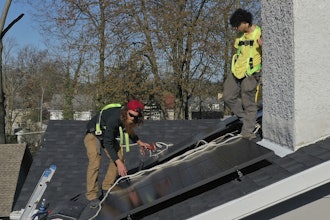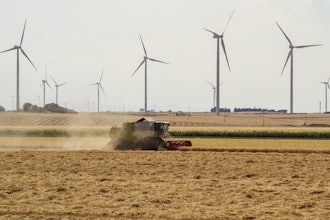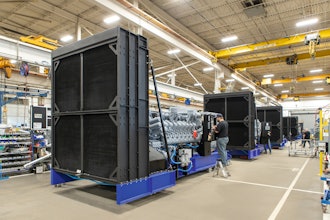A recent scientific study found thriving animal populations in the abandoned areas near Chernobyl, Ukraine — one indication that humans affected wildlife far more than radiation from the world's worst nuclear disaster.
A new documentary, however, also suggests that former residents who returned to the evacuation zone in recent years could be healthier than those who stayed away.
The New York Times details the women featured in “The Babushkas of Chernobyl,” who were among the thousands evacuated from a 1,000-square mile swath of land near the 1986 meltdown but insisted on going back when the ban was lifted in 2011.
They are, in large part, elderly widows who evidently don't fear radiation as much as other environmental threats.
In the film, 75-year-old Valentyna Ivanivna acknowledges the danger of radiation but suggests that she would have long since died had she chosen to live in Kiev, the country's sprawling capital.
“Every car releases the whole periodic table into the air, and you inhale that into your lungs," Ivanivna says.
A lab technician checking up on Ivanivna, meanwhile, suggests that the stress imposed on evacuated families could be doing more damage than the radiation.
“Quite simply, people die from anguish,” the technician says after referencing a study showing returnees outliving evacuees.
The Times added that although the first case of cancer attributed to the 2011 meltdown in Fukushima, Japan, was diagnosed recently, some 1,600 people died under the strain of the subsequent evacuation.
Still, the Times also noted that 6,000 people exposed to radiation near Chernobyl were later treated for thyroid cancer, while the World Health Organization projects that 4,000 could ultimately die prematurely from the disaster.
Film Follows Babushkas Who Returned to Chernobyl
A new documentary suggests that former residents who returned to the evacuation zone in recent years could be healthier than those who stayed away.
Dec 1, 2015
Latest in Energy


